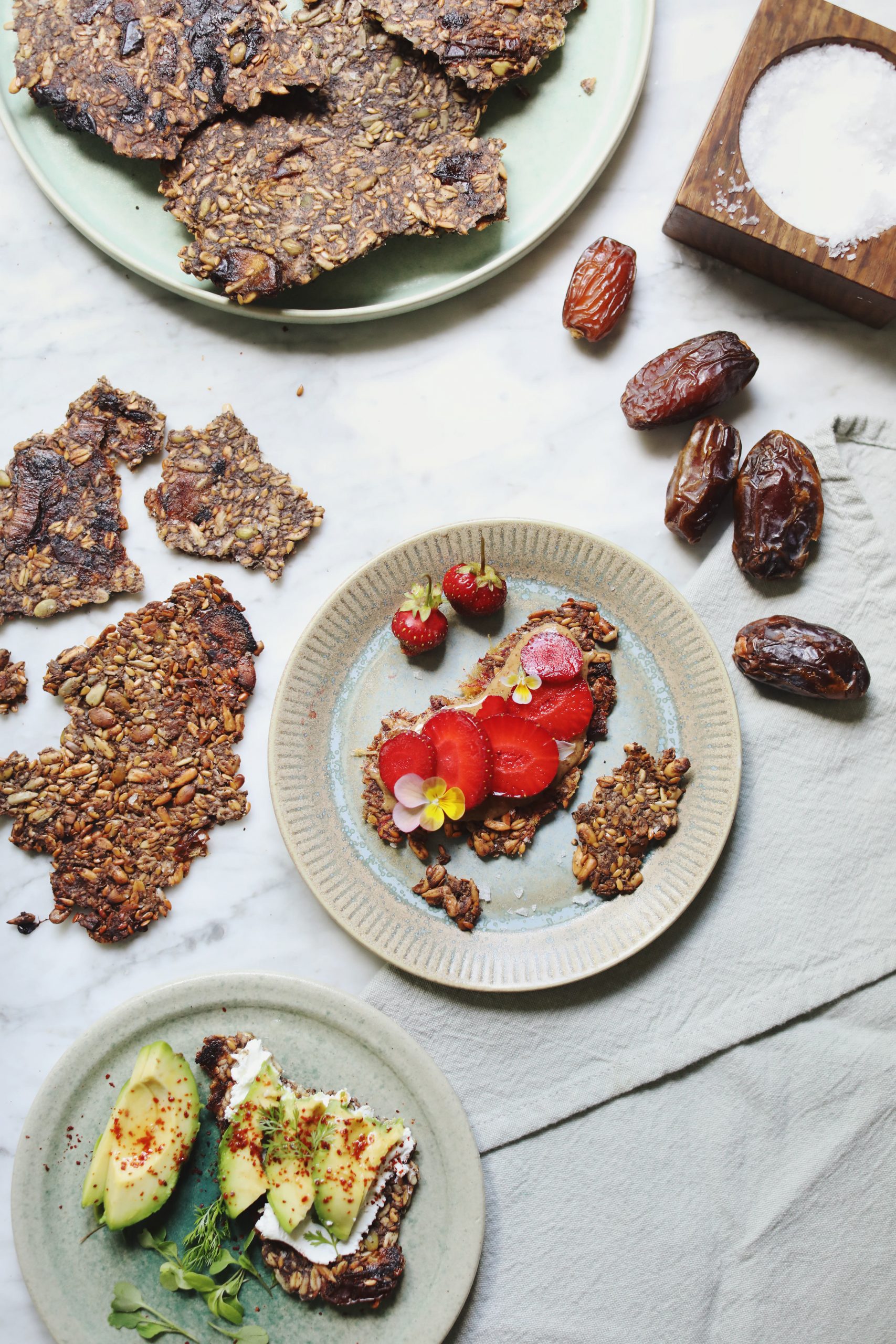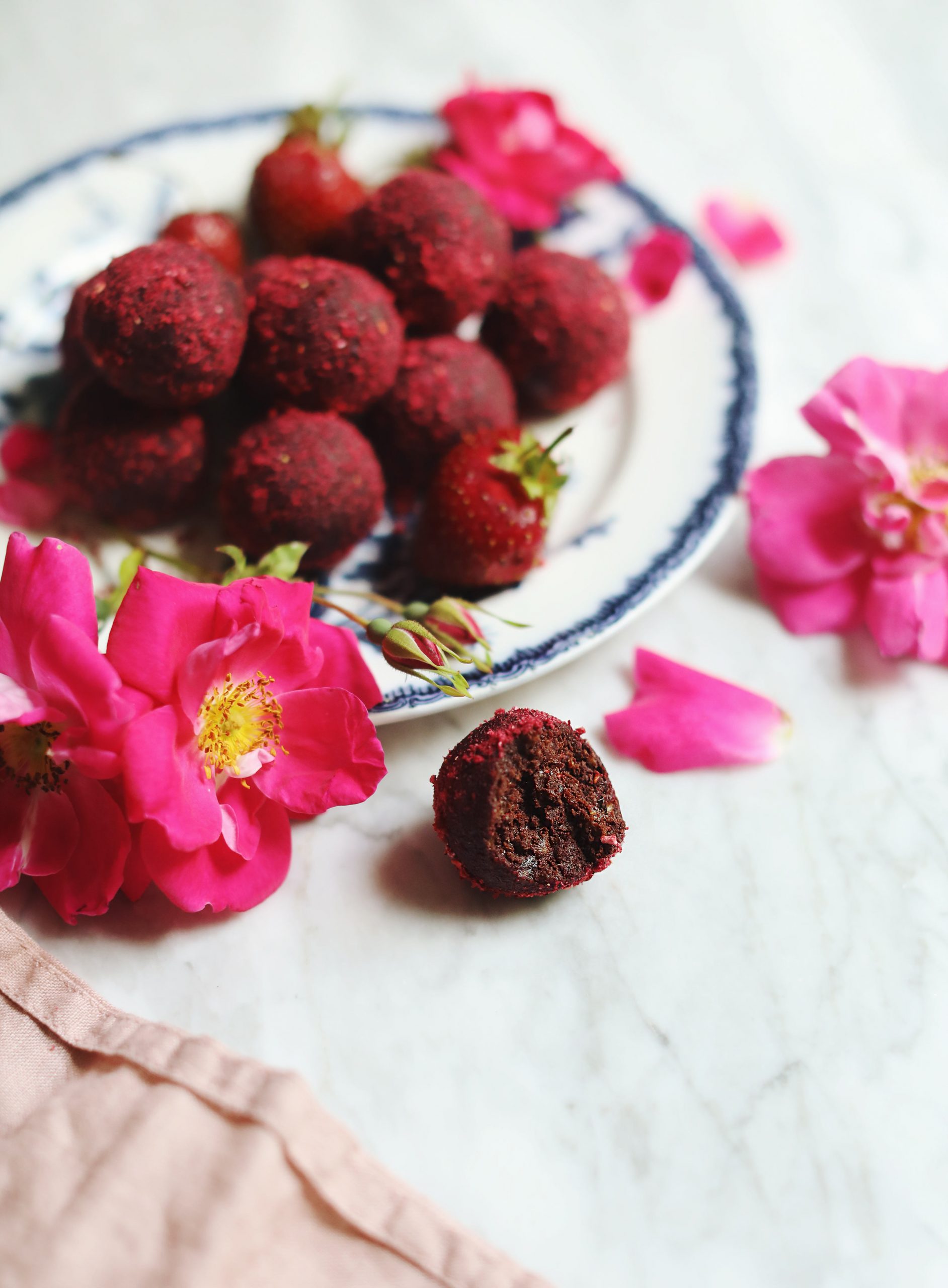I am a firm believer that we can all grow something. Whether you take one bean, soak it, and watch it germinate in a couple days to growing produce for your community on acres of land, each of us can connect to our green friends in one way or another and I hope this simple breakdown can show you how!
Simple Sprouting
Sprouting is for everyone, everywhere.
You’ll need
- dried legumes
- a jar
- water
- clean kitchen towel
- twine / rubber band / string
- piece of cheesecloth / mesh screen / clean fabric scrap.
Read the blog post to get started or look out for the lentil sprout video here on Grow coming the week of May 3rd!

Indoor House Plants
Keeping plants indoors can be a beautiful way to clean your air, increase your sense of peace and happiness, and care for something growing and alive. See some common, easy-to-find favourites below. Before buying, ask around to family and friends as many times people are happy to share plant babies with you! Kind of like sourdough starter, kombucha SCOBY, etc. this is a wonderful way to inspire community.
- Aloe Vera
Aloe barbadensis originated from the Arabian peninsula and can be found globally. - Angel Wing
Begonia varieties are from subtropical / tropical regions throughout the world. - Snake Plant
Sansevieria trifasciata is the most common varietal. There are over 70 varieties originating from Asia, Africa, and Europe. - Jade
Crassula argentea is a common houseplant originally from South Africa. - Pothos
Epipremnum aureum is the widely-known variety of Pothos, native to Polynesian islands. - Rubber Tree Plant
Ficus elastica is native to South / Southeast Asia. - Philodendron
There are hundreds of species that originate from the Caribbean / South America, and Philodendron hederaceum is just one of them! - Spider Plant
Chlorophytum comosum originates from South Africa. - Cacti
The Christmas cactus Schlumbergera bridgesii is a popular one from Brazil — many originate from the Americas. - Air Plants
Tillandsia spp are native to Mexico and the southern US. - Peace Lily
Spathiphyllum native to Southeast Asia and tropical regions of the Americas. - Monstera
Monstera deliciosa originates from Central America.
Indoor Potted Plants
Herbs are by far the easiest way to incorporate some soil-grown food into your home! If you have a windowsill, balcony, porch, or planter, herbs require only a little bit of care and will generally grow all year long in a sunny window. Parsley, chives, basil, cilantro, and mint do best indoors. Hardier herbs like rosemary, thyme, and oregano will do okay but tend not to grow fast or full indoors during the dark / cool months.
You can start herbs from seeds or you can buy starter plants. Many grocery stores and garden centers will have starter plants for most of the year. It’s best if you are able to establish healthy plants during the warmer / brighter months and then carry them through the winter as opposed to trying to grow herbs from seed in the dead of winter indoors.
Most Common Mistakes with Indoor Plants
Overwatering
Most plants tend to do better with thorough watering once or twice a week (indoors!) rather than daily watering. Constant soil wetness can lead to bacterial infections, fungus (and with it, fungus gnats!), and reduced plant health. Look for yellowing, weak-looking leaves, shiny / scummy soil surface, or gnats that emerge from the surface of the soil (harmless but annoying!).
Not Enough Light
Plants require light and they will reach for it if they aren’t getting enough. Leggy stems, bending leaves, tilting plants, slanted growth patterns towards the light all are signals that your plants are craving more sun! If you have a location with more light you can relocate but depending on how much light your plants require they may still be just fine where they are.
Overharvesting
Harvesting leaves from any plant is a stress for the plant. Removing dead, damaged, or funky leaves can help the overall vitality of your plants but when harvesting healthy leaves from a herb plant for example this action can be shocking to your plants. You can of course harvest an entire plant at once with little to no regrowth or you can harvest no more than 1/3 of the leaf matter of your herbs at a time to ensure healthy regrowth and continual harvest.
Neglect
It’s easy to get caught up in daily life and forget your plants… it happens to the best of us but try to establish a routine with your plants that fits into your life and brings you joy!



